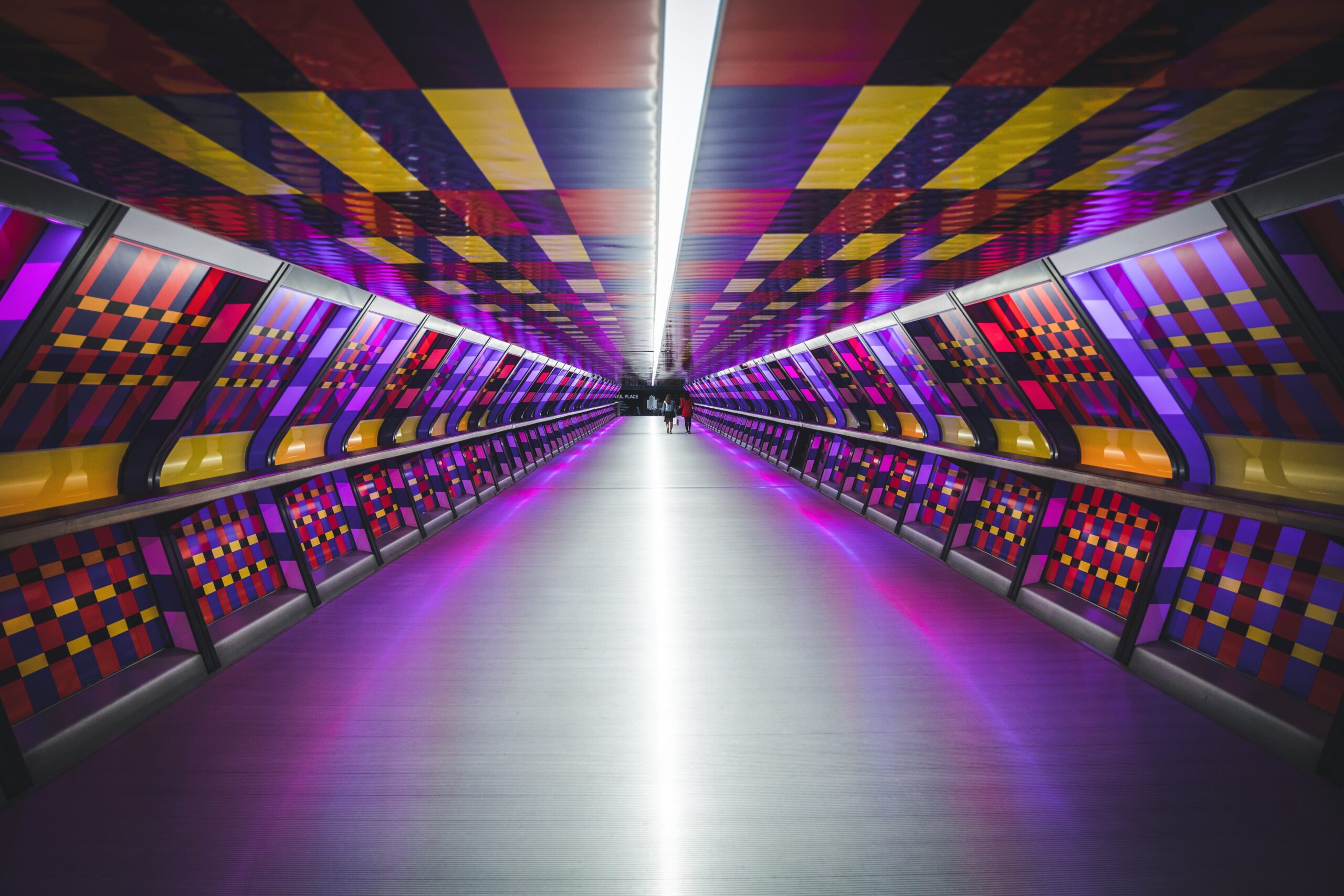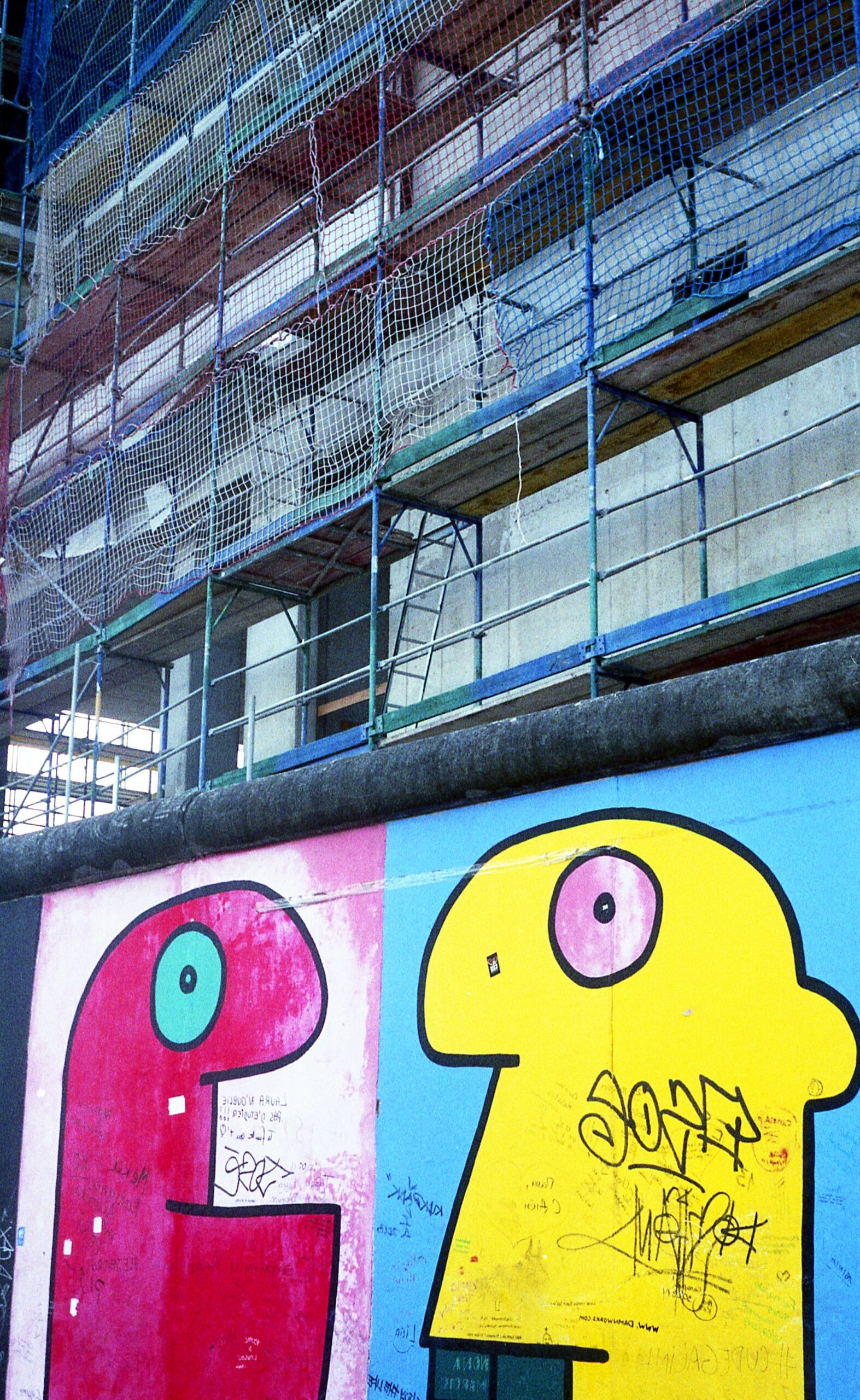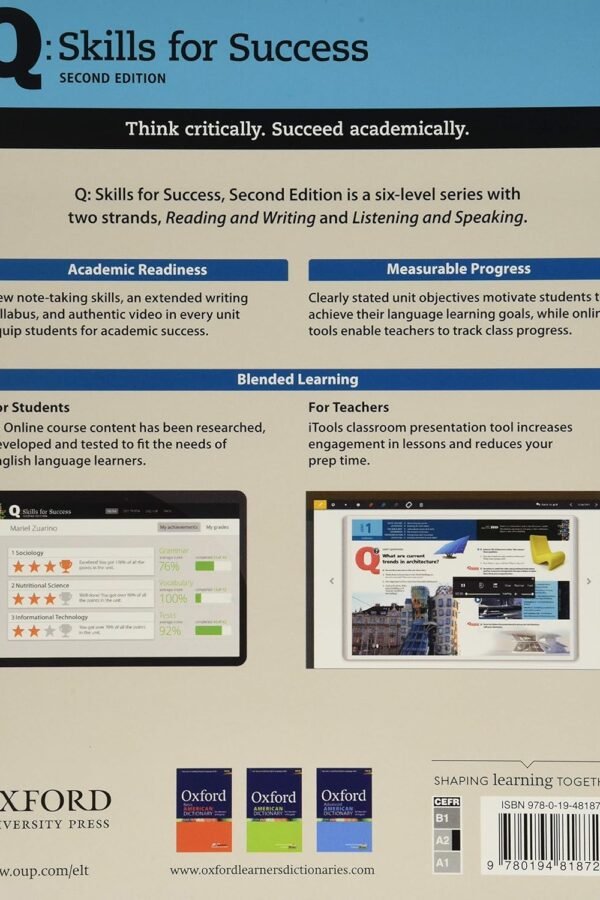In today’s rapidly evolving job market, individuals are constantly seeking to gain a competitive edge in their career pursuits. For those looking to understand the modern approach to job design, LovJobs provides a valuable resource. By offering an extensive array of frequently asked questions, LovJobs enables job seekers to access the insights they need to succeed in their search. From discovering what employers and recruiters are currently seeking to gaining a deeper understanding of the techniques and strategies involved in job design, LovJobs equips individuals with the knowledge necessary to navigate the ever-changing landscape of employment opportunities.

Defining the modern way of designing jobs
Understanding the concept of job design
Job design refers to the process of structuring, organizing, and defining roles and responsibilities within an organization. It involves determining the tasks, relationships, and behaviors required for a particular job. The modern way of designing jobs focuses on creating flexible, engaging, and inclusive work environments that meet the needs of both the organization and its employees.
Exploring traditional approaches to job design
Traditionally, job design followed a hierarchical and rigid structure, where tasks were divided based on job specialization. Jobs were designed to be repetitive, with little room for autonomy or creativity. This approach often resulted in disengaged employees and limited opportunities for growth.
Recognizing the need for a modern approach
In today’s rapidly changing work landscape, organizations must adapt their approach to job design to keep pace with technology, market demands, and employee expectations. The modern way of designing jobs aims to foster innovation, flexibility, and employee well-being, ultimately enhancing productivity and job satisfaction.
Impact of technology on job design
Automation and job redesign
Technology advancements, particularly automation, have significantly impacted job design. Routine tasks that were once performed by humans can now be automated, leading to the redesign of certain job roles. Instead of focusing on mundane, repetitive tasks, employees can now be assigned more strategic and value-added responsibilities.
Leveraging artificial intelligence
Artificial intelligence (AI) is revolutionizing job design by analyzing vast amounts of data to identify patterns, predict trends, and optimize workflows. AI can enable organizations to create more efficient and effective job structures, improving productivity and job satisfaction.
Creating new job roles
As technology advances, new job roles are being created to meet emerging needs. From data scientists to cybersecurity experts and social media managers, organizations must continuously adapt their job design to incorporate these new roles and ensure they are aligned with the organization’s goals and strategies.
Flexible work arrangements and job design
The rise of remote work
The modern way of designing jobs recognizes the benefits of remote work. By allowing employees to work from anywhere, organizations can tap into a global talent pool, reduce overhead costs, and provide employees with greater flexibility and work-life balance.
Flexible work hours and job autonomy
Flexibility in work hours and job autonomy are crucial aspects of modern job design. Employees are increasingly seeking control over how and when they work, enabling them to better manage their personal and professional lives. Providing flexibility in work hours and granting employees autonomy in decision-making can lead to higher levels of engagement, motivation, and productivity.
Importance of work-life balance
Modern job design values the importance of work-life balance. Organizations that prioritize employee well-being by offering flexible work arrangements, supportive policies, and resources for personal development create a positive work environment. This, in turn, leads to reduced stress, increased job satisfaction, and improved employee retention.
Enhancing employee engagement and motivation through job design
Empowerment and autonomy
The modern way of designing jobs emphasizes the empowerment of employees. By involving employees in decision-making processes, granting them autonomy and challenging them with meaningful tasks, organizations can enhance employee engagement and motivation. This not only improves job satisfaction but also cultivates a culture of ownership and accountability.
Incorporating purpose and meaning
Employees are motivated by a sense of purpose and meaning in their work. Modern job design aims to align individual and organizational goals, ensuring that employees understand how their work contributes to the overall mission and vision. By incorporating purpose into job design, organizations can foster a sense of fulfillment and motivation among their employees.
Job enrichment and skill development
Job enrichment involves expanding an employee’s job role to include a wider range of tasks and responsibilities. By providing opportunities for skill development and growth, organizations can enhance job satisfaction and employee engagement. Job enrichment may involve cross-training, job rotation, or the assignment of challenging projects that promote the development of new skills.

Designing jobs for the future
Adapting to changing skill requirements
As technology evolves and market demands shift, job design must adapt to changing skill requirements. Organizations need to identify emerging skills and competencies and align their job design accordingly. This may involve offering training programs, upskilling or reskilling initiatives, and creating hybrid job roles that combine traditional expertise with new skills.
Creating agile job structures
Modern job design recognizes the need for agile job structures that can quickly respond to changing market conditions and customer demands. By creating flexible job roles and cross-functional teams, organizations can promote collaboration, innovation, and adaptability. Agile job structures ensure that employees are equipped to handle the challenges and opportunities presented by a dynamic business environment.
Promoting continuous learning and development
To keep up with the pace of change, organizations must prioritize continuous learning and development. Modern job design incorporates opportunities for employees to acquire new skills, knowledge, and competencies. This may involve providing access to online learning platforms, offering mentorship programs, or supporting attendance at conferences and workshops. By promoting continuous learning, organizations can ensure that their employees remain engaged, adaptable, and prepared for the future.
Employee well-being and job design
Creating ergonomic and healthy work environments
Modern job design places a strong emphasis on creating ergonomic and healthy work environments. Organizations are increasingly investing in ergonomic furniture, proper lighting, and adjustable workstations to ensure the physical well-being of their employees. Additionally, promoting healthy habits such as adequate breaks, exercise, and stress management can contribute to overall employee well-being and job satisfaction.
Addressing mental health concerns
Mental health is an essential component of employee well-being. Modern job design recognizes the importance of promoting mental well-being and addressing mental health concerns. This may involve providing access to counseling services, implementing stress management programs, and fostering a supportive work culture that prioritizes work-life balance and open communication.
Promoting work satisfaction and happiness
Job design plays a crucial role in promoting work satisfaction and happiness. By offering meaningful work, opportunities for growth, work-life balance, and a supportive work environment, organizations can increase employee satisfaction and overall happiness. This, in turn, leads to higher productivity, lower turnover rates, and a positive organizational culture.

Collaborative and cross-functional job design
Breaking down silos
Traditional job design often resulted in siloed and compartmentalized work environments, where each department or team worked independently. The modern way of designing jobs breaks down these silos and promotes cross-functional collaboration. By creating opportunities for employees from different departments to work together, organizations can foster innovation, creativity, and knowledge-sharing.
Encouraging teamwork and collaboration
Collaborative job design involves designing roles that require teamwork and collaboration. By creating cross-functional teams, organizations can capitalize on the diverse skills and expertise of their employees. Collaboration encourages communication, problem-solving, and the exchange of ideas, ultimately leading to more effective and efficient outcomes.
Promoting interdisciplinary skills
The modern way of designing jobs recognizes the importance of interdisciplinary skills. Instead of narrowly defining job roles based on specific functions, organizations are encouraging employees to develop a broad range of skills. This promotes adaptability, creativity, and the ability to work across different domains, enhancing both individual and organizational performance.
The role of data and analytics in job design
Utilizing data-driven insights
Data and analytics play a significant role in modern job design. By analyzing data on employee performance, skills, and preferences, organizations can gain insights into individual and team dynamics. Data-driven job design ensures that job roles are aligned with employee capabilities, improves productivity, and enhances decision-making.
Analyzing job performance metrics
Job design should be informed by ongoing analysis of job performance metrics. By regularly evaluating key performance indicators, organizations can identify areas for improvement and make necessary adjustments to job structures. This data-driven approach enables organizations to optimize job design and enhance overall performance.
Predictive job design based on trends
Data and analytics allow organizations to predict future job trends and anticipate skill requirements. By analyzing industry trends, market demands, and technological advancements, organizations can proactively design jobs that align with the future needs of the business. Predictive job design ensures that employees are prepared for upcoming challenges and fosters a culture of innovation and agility.
Balancing specialization and versatility in job design
Combining domain expertise with diverse skills
Balancing specialization and versatility in job design involves combining employees’ domain expertise with a diverse range of skills. While specialized knowledge is essential, organizations are recognizing the value of employees who possess a broader skill set. By promoting cross-functional collaboration and encouraging employees to develop diverse skills, organizations can adapt to changing needs and foster a culture of continuous learning.
Multidisciplinary job roles
Modern job design often involves creating multidisciplinary roles that require employees to draw from various areas of expertise. These roles allow employees to apply their specialized knowledge while also working across different domains. Multidisciplinary job roles promote creativity, innovation, and problem-solving, enabling organizations to tackle complex challenges effectively.
Creating adaptable job descriptions
To strike a balance between specialization and versatility, job descriptions need to be adaptable. Instead of rigidly defining job roles, organizations should focus on outlining key responsibilities and required competencies. Adaptable job descriptions allow for flexibility, enabling employees to contribute in different areas as needed and adapt to changing organizational requirements.
Inclusion and diversity in job design
Designing inclusive job structures
Inclusion and diversity are important considerations in modern job design. Organizations need to ensure that job structures promote equal opportunities for all employees, regardless of gender, race, ethnicity, or other characteristics. Inclusive job design involves eliminating bias in job requirements, creating flexible work arrangements, and providing opportunities for underrepresented groups to thrive.
Addressing bias in job requirements
To achieve inclusivity, organizations must address bias in job requirements. Modern job design focuses on evaluating candidates based on their skills, experiences, and potential rather than relying solely on traditional measures of success. By removing unnecessary barriers and biases, organizations can attract and retain a diverse range of talented employees.
Promoting diverse hiring practices
Job design can contribute to promoting diverse hiring practices. By actively seeking diversity in candidate pools and ensuring diverse hiring panels, organizations can foster a more inclusive workforce. Diverse perspectives and experiences enrich job design, leading to more innovative solutions and better outcomes.













